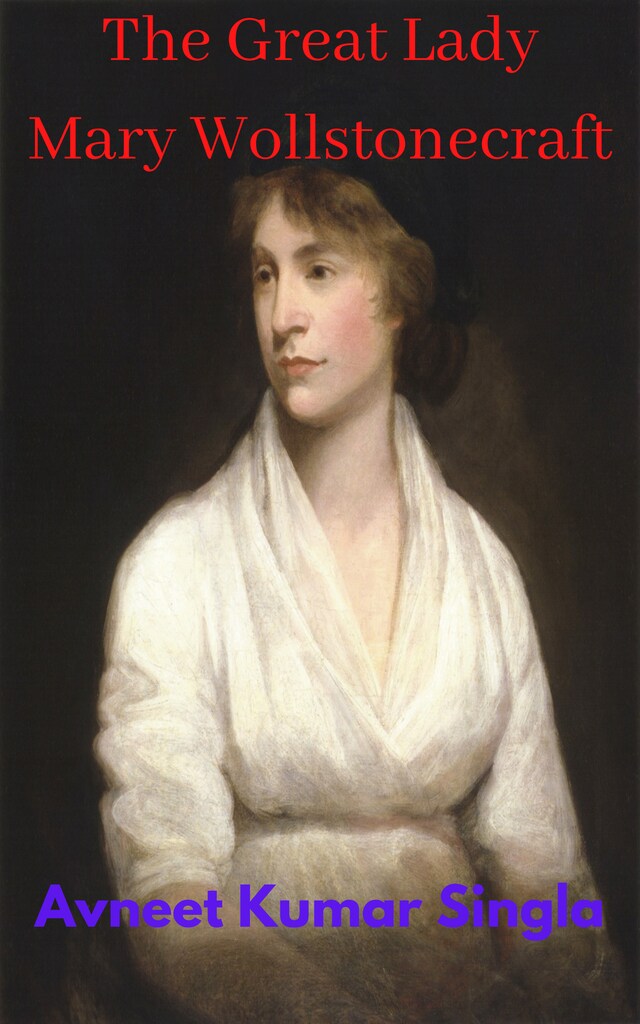
The Great Lady Mary Wollstonecraft
Description of the book
Mary Wollstonecraft Shelley (30 August 1797-1 February 1851) was an English writer, who wrote the Gothic novel Frankenstein; or the Modern Prometheus (1818), considered as an early example of science fiction. She also edited and promoted the works of her husband, the Romantic poet and philosopher Percy Bysshe Shelley. Her father was the political philosopher William Godwin and her mother was the philosopher and feminist activist Mary Wollstonecraft.Shelley's mother died less than a month after birth. She was brought up by her father, who offered her a rich, if informal, education and encouraged her to adhere to his own anarchist political theories. When she was four years old, her father married a neighbor, Mary Jane Clairmont, with whom Shelley had a troubled relationship.In 1814 Shelley began a romance with one of her father's political supporters, Percy Bysshe Shelley, who was already married. Together with her stepsister Claire Clairmont, she and Percy travelled to France and travelled through Europe. After her return to England, Shelley was pregnant with Percy's child. For the next two years, she and Percy faced exclusion, constant debt, and the death of their prematurely born daughter. They married at the end of 1816 after the suicide of Percy Shelley's first wife Harriet.In 1816, the couple and their stepsister spent a summer with Lord Byron and John William Polidori near Geneva, Switzerland, where Shelley conceived the idea for her novel Frankenstein. The Shelleys left Britain in 1818 for Italy, where their second and third children died before Shelley gave birth to her last and only surviving child, Percy Florence Shelley. In 1822 her husband drowned when his sailboat sank during a storm near Viareggio. A year later, Shelley returned to England and devoted herself to her son's education and a career as a professional author. The last decade of her life was marked by illness, most likely caused by the brain tumor that killed her at the age of 53.Until the 1970s, Shelley was best known for her efforts to publish her husband's works and for her novel Frankenstein, which is still widely read and has inspired many theatrical and film adaptations. The most recent scholarship has given a more comprehensive overview of Shelley's achievements. Scientists have shown increasing interest in her literary work, particularly her novels, including the historical novels Valperga (1823) and Perkin Warbeck (1830), the apocalyptic novel the last man (1826), and her last two novels, Lodore (1835) and Falkner (1837). Studies of her lesser-known works, such as the travel book Rambles in Germany and Italy (1844) and the biographical articles for Dionysius Lardner's cabinet Cyclopaedia (1829-1846), support the growing view that Shelley remained a political radical throughout her life. Shelley's work often argues that cooperation and sympathy, especially practiced by women in the family, were the ways to reform civil society. This view was a direct challenge to the individualistic romantic ethos promoted by Percy Shelley and the Enlightenment political theories articulated by her father William Godwin.
 Avneet Kumar Singla
Avneet Kumar Singla 84 Pages
84 Pages